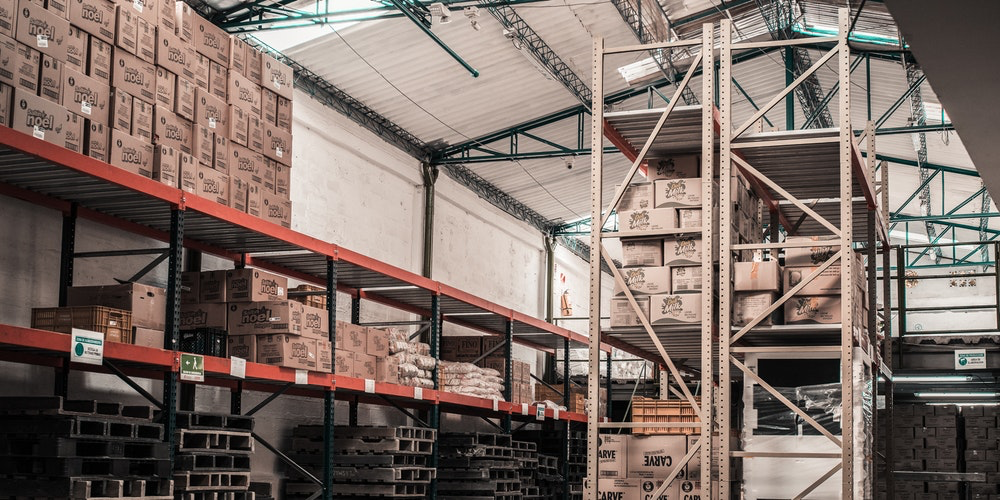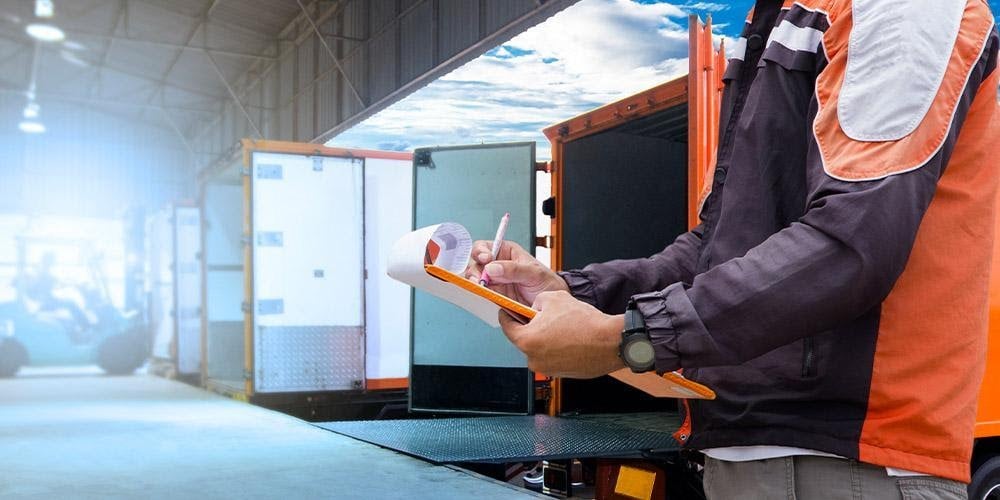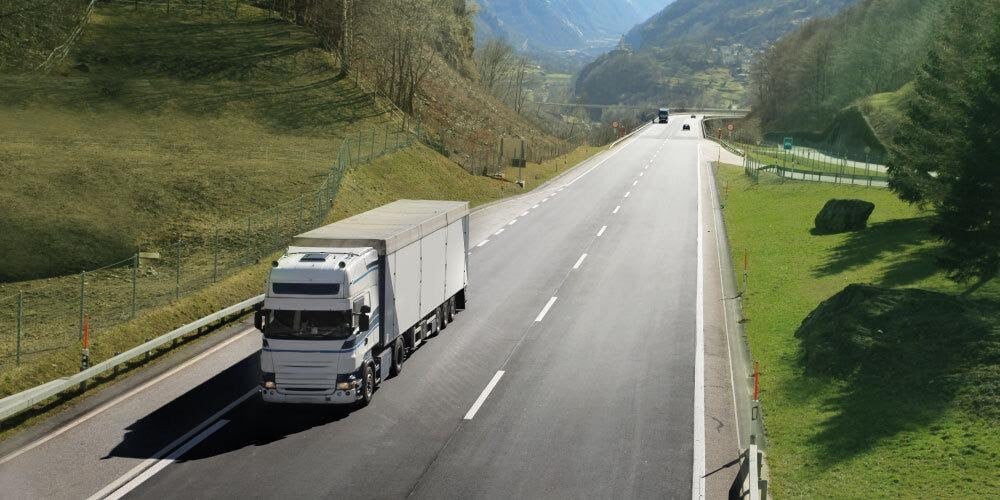
You may have heard that some companies minimize the time their goods spend warehoused, enabling them to reduce delivery times, costs and missing stock. This practice is called cross docking and is being increasingly adopted by most companies around the world because it aims to improve effectiveness and efficiency in the companies’ supply chain logistics.
What is cross docking and how does it impact the logistics chain?
It’s a practice that consists of reducing storage time of a company’s products to the maximum extent possible, in order to minimize costs incurred by maintaining the goods appropriately stored.
International logistics and transport is one of the industries that have most benefited from cross docking, especially logistics agents who are responsible for moving cargo. Nonetheless, there are numerous industries who also take advantage of it due to the needs posed by the products, for example, the food industry. Foods can have an approaching expiration date and it is mandatory to avoid delays to offer quality products to the customer and can also contribute to minimizing economic losses.
This method also helps e-commerce companies, where the speed in product delivery is a decisive factor for 84% of consumers, according to a survey by Wunderman Thompson. Therefore, this industry requires its stock to be managed and optimized efficiently.
In relation to the logistic process, cross docking brings other benefits for companies that succeed in implement it appropriately.
So, in addition to cutting costs, distribution logistics and warehouse management are facilitated, giving room for handling and relocating goods that help keep freshness and improve their availability.
This model is implemented at logistics companies and allows boosting productivity and efficiency in the logistics chain. Similarly, it represents a strategy that eases activities performed by cargo agents, freighters and the rest of people involved in order to comply with each fixed delivery time, increasing the chances to have satisfied customers.
What is the difference between the supply chain and cross docking?
In distribution logistics, a traditional supply chain keeps the warehouse as the point of connection between suppliers and consumers, which is a discontinued flow due to a lack of synchronization and information between supply and demand. This means that products are stored until purchases are made or sent to physical stores.
In contrast, cross docking helps logistics companies make use of practices and technology to coordinate product distribution, in an effort to unite both the times of cargo agents, suppliers, warehousers, and freighters with consumer demand, all of which seeks to make the logistics chain of goods more efficient.
Three different types of cross docking in the logistics process
- Pre-distribution: it’s a basic model where the supplier has already sorted the goods to be shipped and delivered. Once an order comes in, the supplier only has to clear them and ship them, as is the case of trucks that transport pallets with fruit or vegetables.
- Consolidation: companies that run logistics processes merge and sort the goods they received to ship them according to the customers’ needs. The products or cargo units are handled in a crossdocking conditioning area to arrange them in packages or kits.
- De-consolidation: orders are arranged in a specified area, combining in-site products with newly unloaded items that just been transported by incoming trucks. The items that have just arrived may also spend some time stored before being cleared and shipped.
Working hand in hand with a company that has many years’ experience providing first-class logistics services in the sector such as Akzent can help you improve performance and enhance your company’s logistic practices. Contact specialist freight forwarders and start connecting every business move with us.
Related











